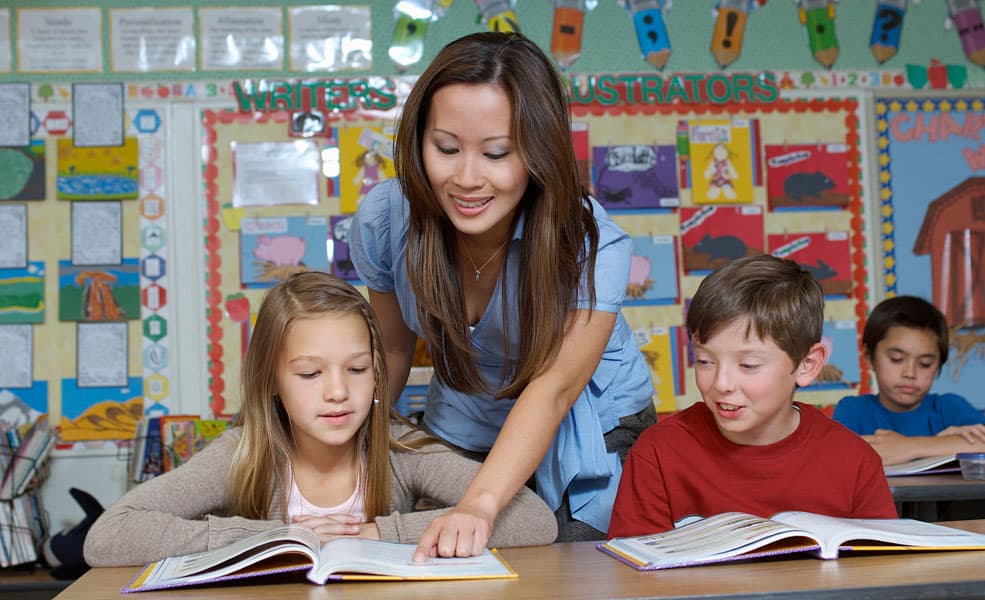Often times, it isn’t what you say, it’s how you say it that matters the most. This can be especially true with children. As educators, the language we use can make a big difference when encouraging positive behaviour in the classroom. In this post we will outline some strategies for turning negative language into more positive language in order to have better results when communicating with children, support positive behaviours, and build relationships with the kids in our care.
General Guidelines for Using Positive Language:
- Be Direct: Make expectations clear. If there are certain children in need of re-direction, speak to them specifically.
- Sweat the Small Stuff: If you have put certain rules in place, be sure to have them followed at all times. Use kind and consistent language to reinforce your non-negotiables.
- Keep it Clear and Simple: language needs to be easy to understand and follow. Know where your students are developmentally. Younger children cannot always follow multi-step instructions, especially if they are complicated. Simplify wherever possible and be consistent.
- Say the Affirmative: avoid using the phrase “don’t”. Tell students the action that you want them to take, instead of the behaviour you don’t want them to do
- Don’t Ask, Tell: Use statements instead of questions. For example, instead of asking a student, “Can you clean up the toys you were using?”, tell them, “Please clean up the toys.” Sometimes this may feel harsh, but as long as your tone is respectful, statements are beneficial for creating boundaries.
- Expect the Best: Believe in your students and their ability to succeed. Feeling this support is essential for their growth and can be communicated to them through both your actions and your words.
- Invite Cooperation: use your language to encourage students to work together and feel that they are part of a group or team in the classroom, that is all striving for the same goal.
- Be Sincere: Kids are smart, they know when you are faking. When you speak to them, be genuine and concise.
- Watch Tone, Volume, and Body Language: just like with talking to adults, these characteristics of your speech are important when speaking to children
- Keep Your Sense of Humour: it is okay to use humour in the classroom but be sure you are using it correctly to diffuse situations and build relationships. Used incorrectly, and humour can embarrass students, or cause you to undermine yourself.
Common Phrases to Consider Turning from Negative to Positive:
- Instead of “Be quiet.” Try “Please use a softer voice.”
- Instead of “What a mess!” Try “It looks like you had fun! How can we clean up?”
- Instead of “I explained this already.” Try “Maybe I can show you another way.”
- Instead of “Do I need to separate you?” Try “Could you use a break?”
- Instead of “We don’t talk like that.” Try “Please use kind words.”
And more at second source listed below!
Source: https://socialemotionalworkshop.com/2018/01/sel-practice-teacher-language/ and https://www.weareteachers.com/positive-language-in-the-classroom/

